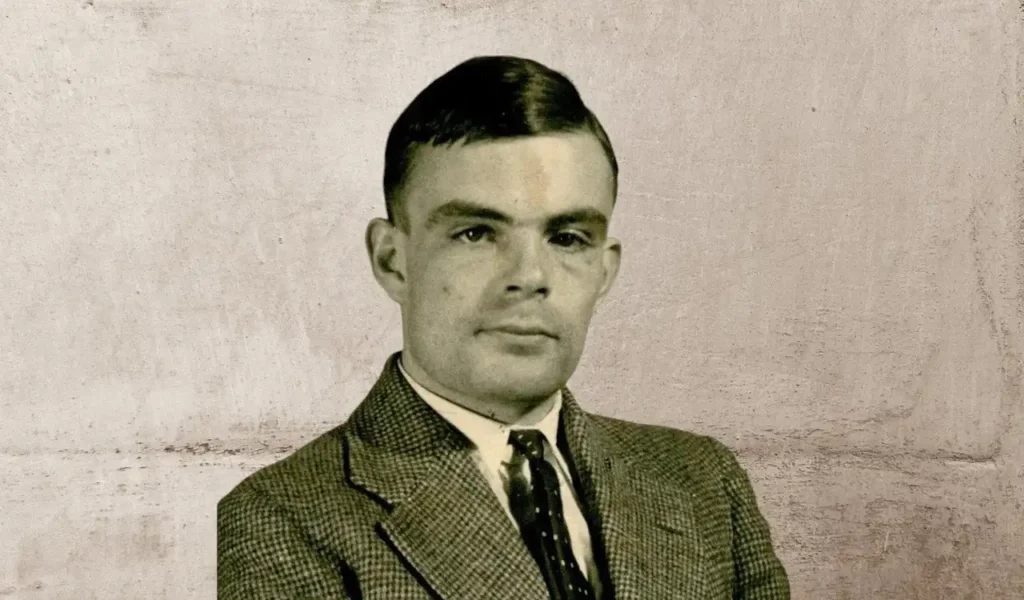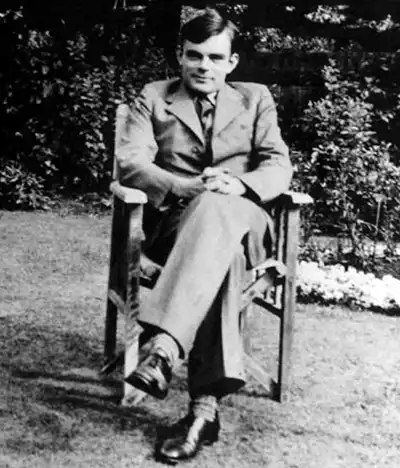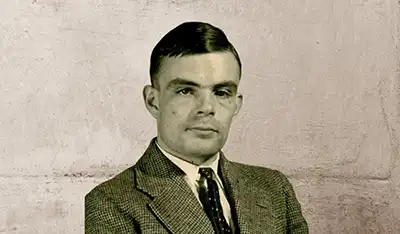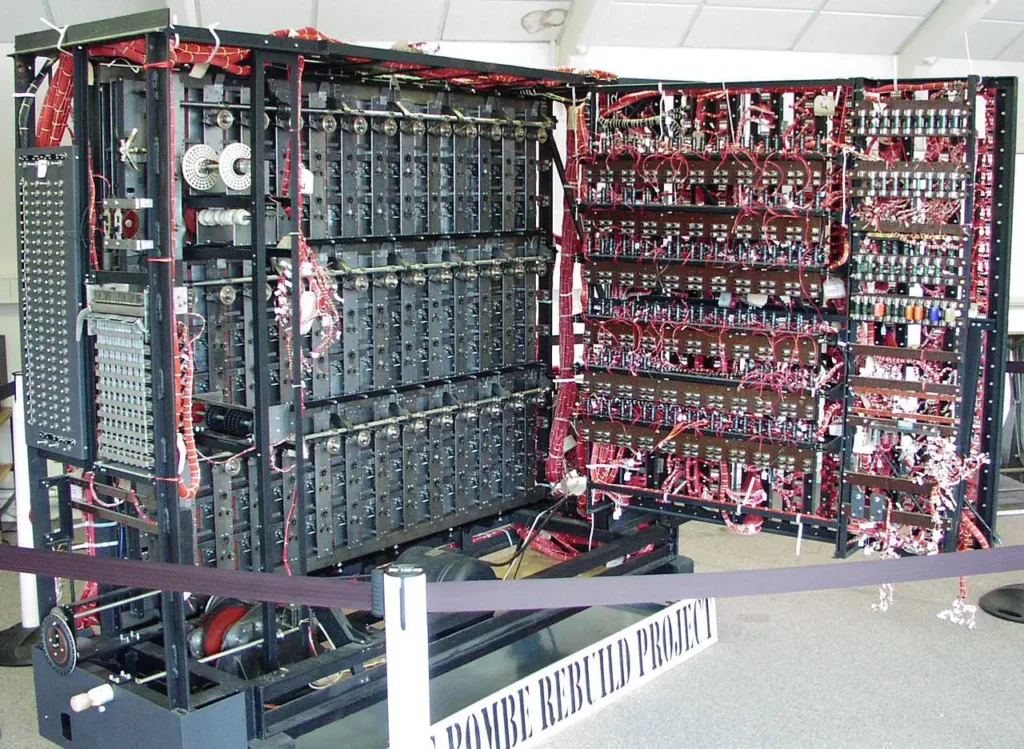
Alan Turing was the man who helped to crack Nazi codes during World War II. His work helped to decode the encryption of German Enigma machines, paving the road to modern computers and the field of artificial intelligence.

Alan Turing was a brilliant British mathematician, logician, and computer scientist. He was born Alan Mathison Turing on June 23, 1912, in Maida Vale, London, United Kingdom.
His talent was recognized since he was a child and the headmistress from his primary school considered him a genius.
He studied at King’s College, a constituent college from the University of Cambridge, from 1931 to 1934. He was awarded first-class honours in mathematics. In 1938 he obtained his PhD from the department of mathematics at Princeton University.
During his career he worked at the fields of logic, mathematics, cryptanalysis, computer science, and mathematical and theoretical biology.
Alan Turing: main achievements
Alan Turing made significant contributions to various fields, particularly during World War II and in the early development of computing. Some key aspects of Turing’s life and work include:
- Turing Machine: In 1936, Turing introduced the concept of a theoretical computing machine known as the Turing machine. This hypothetical device became a fundamental concept in the theory of computation and is considered a precursor to modern computers.
- Codebreaker during World War II: Turing played a crucial role in the Allied efforts during World War II by working at Bletchley Park, the British codebreaking center. He led a team that successfully decrypted German Enigma machine-encrypted messages, providing valuable intelligence to the Allies.
- Bombe Machine: Turing and his team developed the Bombe, an electromechanical device designed to decipher Enigma-encrypted messages. Their success in breaking the code is believed to have shortened the war and saved countless lives.
- Father of Computer Science: Turing is often referred to as the “father of computer science” due to his foundational work in the development of computer theory and artificial intelligence.
- Turing Test: In 1950, Turing proposed the Turing Test as a measure of a machine’s ability to exhibit intelligent behavior indistinguishable from that of a human. The test involves a human judge engaging in natural language conversations with a machine and a human without knowing which is which.
Personal life
Turing was gay, and at the time, homosexuality was criminalized in the United Kingdom. In 1952, he was convicted of “gross indecency” for his homosexual acts. But, rather than serving a prison sentence, Turing opted for chemical castration through hormone therapy. He tragically passed away, at the age of 41, on June 7, 1954. His death was ruled as suicide by cyanide poisoning.
Posthumous recognition and pardon
Alan Turing’s contributions to science and computing have gained widespread recognition and appreciation in the years following his death. In 2013, Turing received a posthumous royal pardon, acknowledging the injustice of his criminal conviction.
Prior to the royal pardon, then-Prime Minister Gordon Brown issued an official apology in 2009, expressing regret for the treatment Turing had endured.
Legacy of Alan Turing
Turing’s work laid the groundwork for modern computer science, artificial intelligence, and theoretical cryptography. His ideas and concepts continue to influence various scientific and technological fields, and he is celebrated for his pivotal role in shaping the world of computing.
His life and became an integral part of the history of computing and are celebrated for their profound influence on our modern world.


